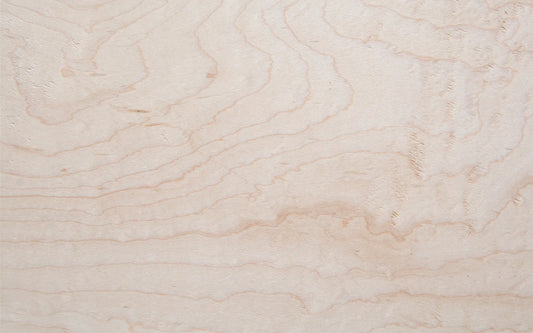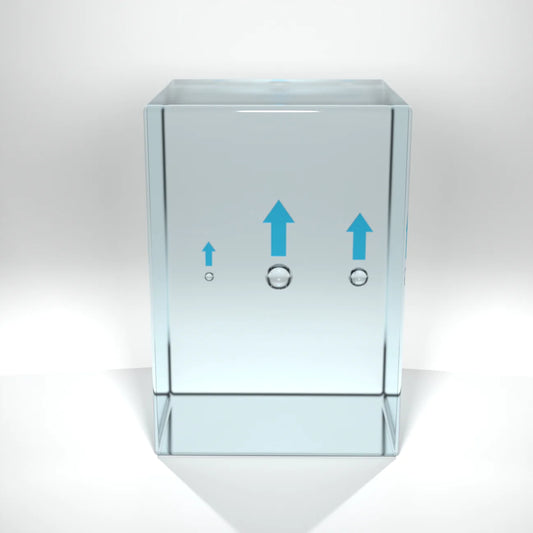
Hard Maple vs. Soft Maple: What’s The Difference?
Share
Maple trees add a striking touch to any landscape with their vibrant autumn hues of reds, golds, and yellows. Beyond their aesthetic appeal, these trees serve as a versatile resource for a wide range of woodworking projects, including furniture, cabinetry, flooring, and even items like bowling pins and pool cues. Maple trees are among the most widespread species in North America, thriving in various regions across the continent. This popularity stems from maple's dual qualities of affordability and durability, making it a favored choice among woodworkers.
Let's delve deeper into the characteristics of maple wood.
Maple wood is renowned not only for its strength but also for its attractive appearance and ability to take on stains beautifully. Woodworkers favor maple for its durability, smooth grain pattern, and light, creamy color. Unlike other hardwoods where heartwood is typically preferred, sapwood is more sought after in maple due to its lighter color and suitability for various stain shades. This outer layer of the log, known as sapwood, can mimic the appearance of more expensive hardwoods when stained darker, offering an economical yet aesthetically pleasing option for woodworking projects.
While both hard maple and soft maple find applications in furniture making, cabinets, and musical instruments, hard maple is particularly favored for flooring due to its higher density and approximately 25% greater hardness compared to soft maple. Despite the term "soft" maple, which can be misleading, it's important to note that this designation does not refer to the wood's durability. Softwoods, such as fir, pine, or cedar, come from gymnosperm trees, while hardwoods, including cherry, oak, and maple, have different characteristics that impact their applications.
So, what sets hard maple apart from soft maple?
Hard maple encompasses two main species—sugar maple (Acer saccharum) and black maple (Acer nigrum). It is commonly used in a variety of finished wood products like flooring, furniture, and cabinets. On the other hand, soft maple comprises four species—silver maple (Acer saccharinum), red maple (Acer rebrum), boxelder (Acer negundo), and bigleaf maple (Acer macrophyllum). Soft maple finds its use in railroad ties, crates, furniture, and veneer, among other applications.
To distinguish between hard and soft maple, consider the following tips:
- Weight: Compare the weight of two boards, with hard maple generally being heavier.
- End grains: Hard maple tends to have lighter, more uniform colors with closely spaced growth rings.
- Leaves: Unharvested trees can be identified by their leaves, with hard maple leaves having U-shaped sinuses and soft maple leaves displaying more V-shaped sinuses.
- Iron sulfate test: Applying iron sulfate to the wood can reveal differences, with hard maple turning pale blue or green and soft maple turning dark blue or black.
By understanding these differences, woodworkers can make informed choices based on their project requirements and desired aesthetics when working with maple wood.



